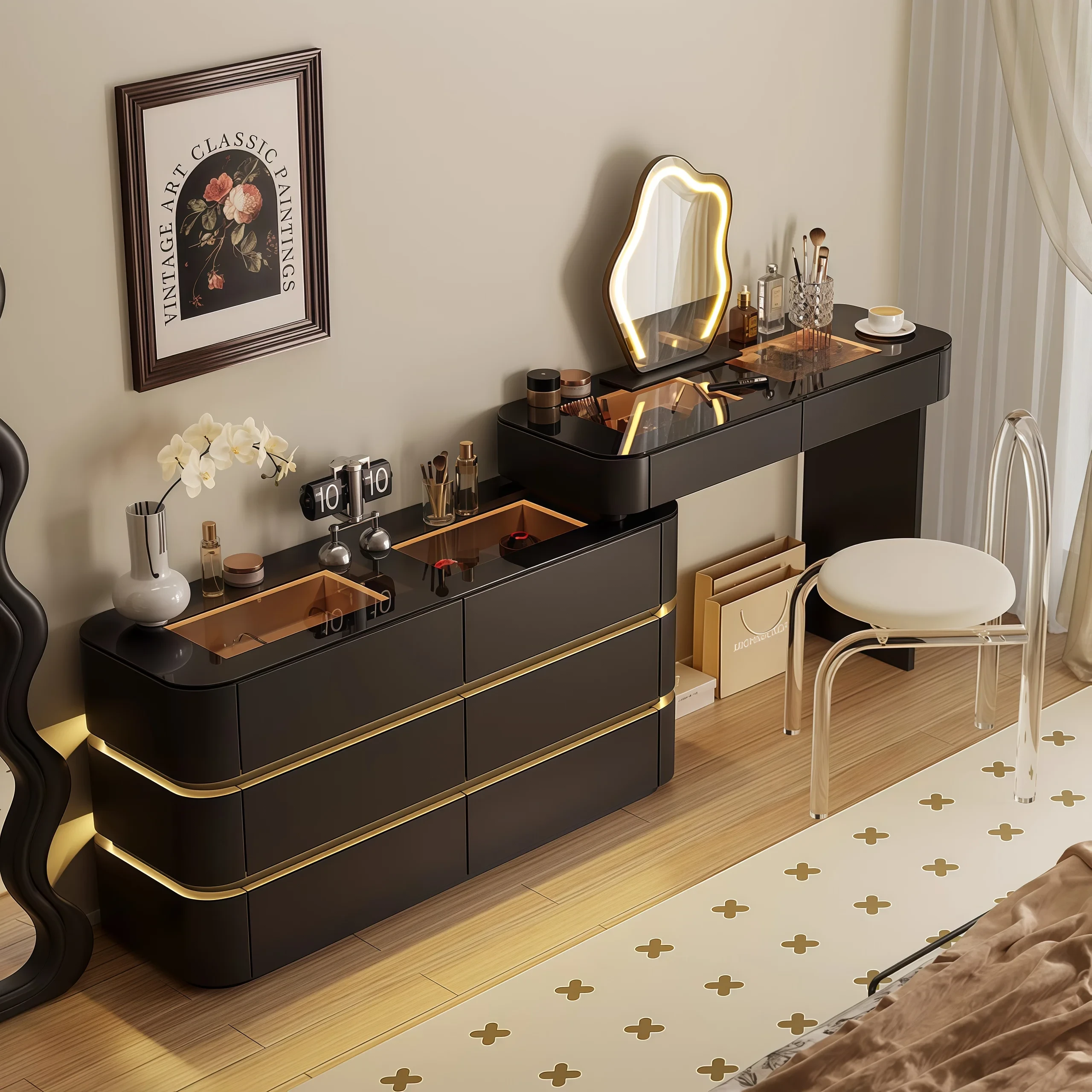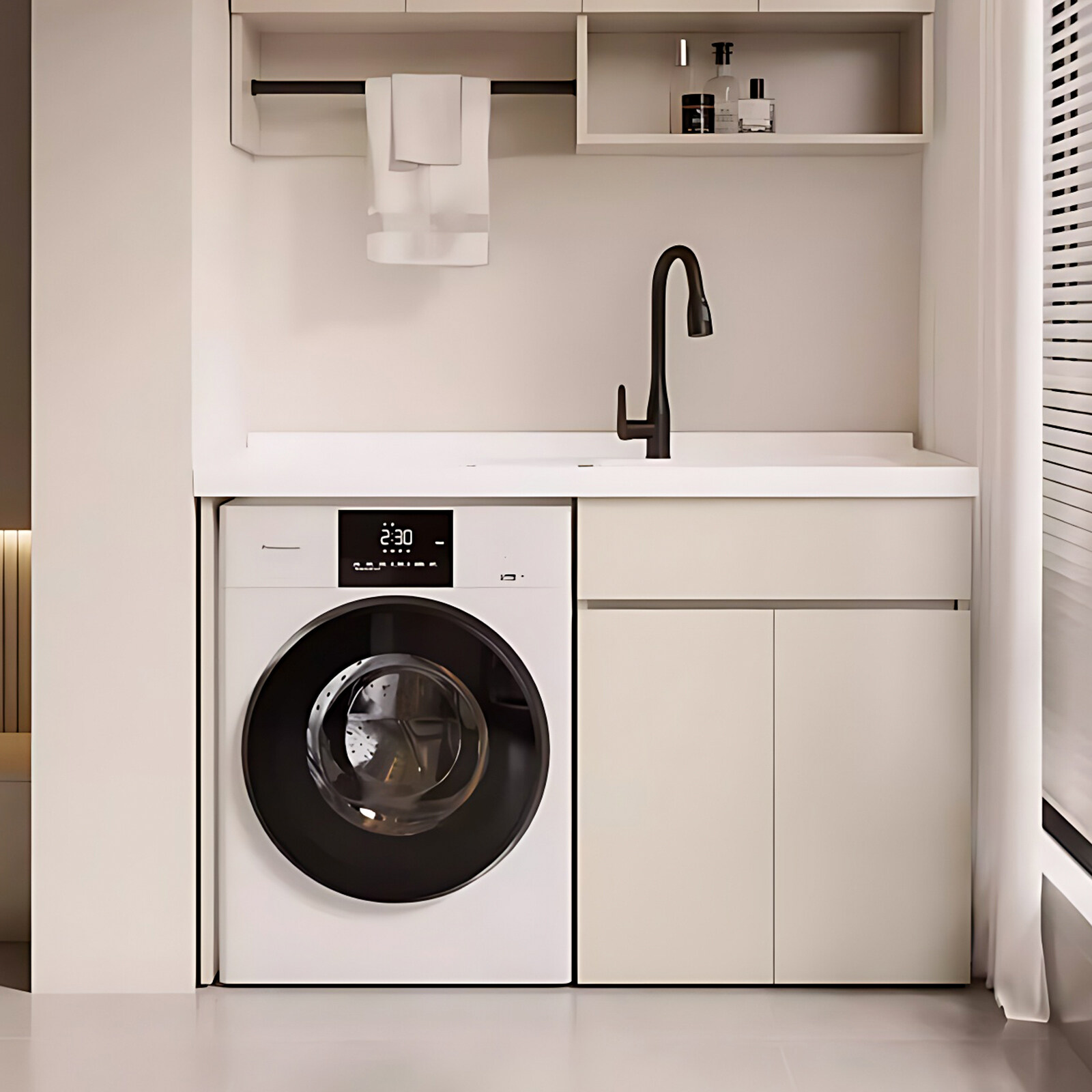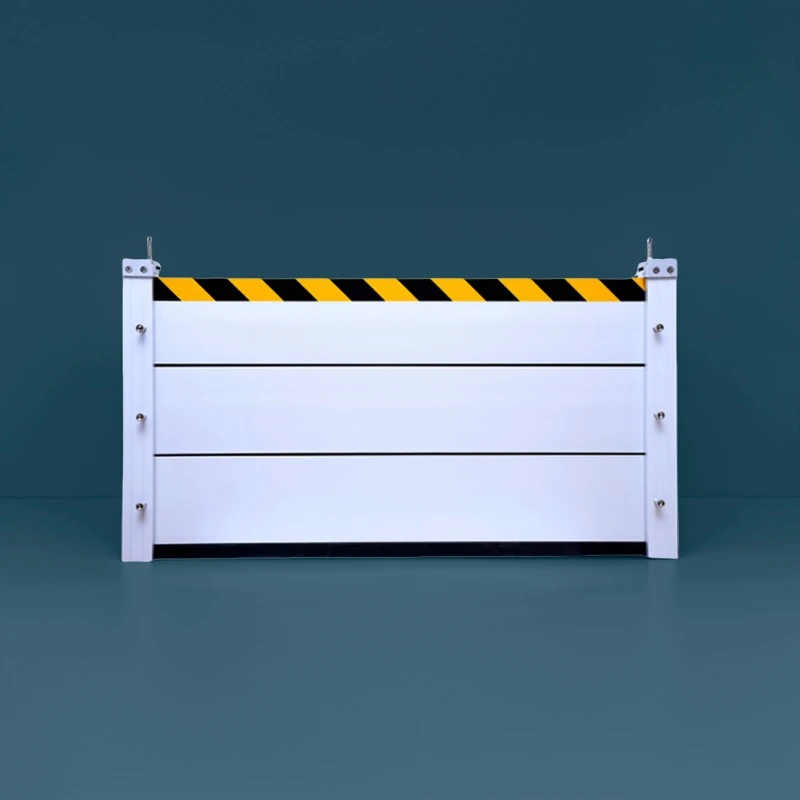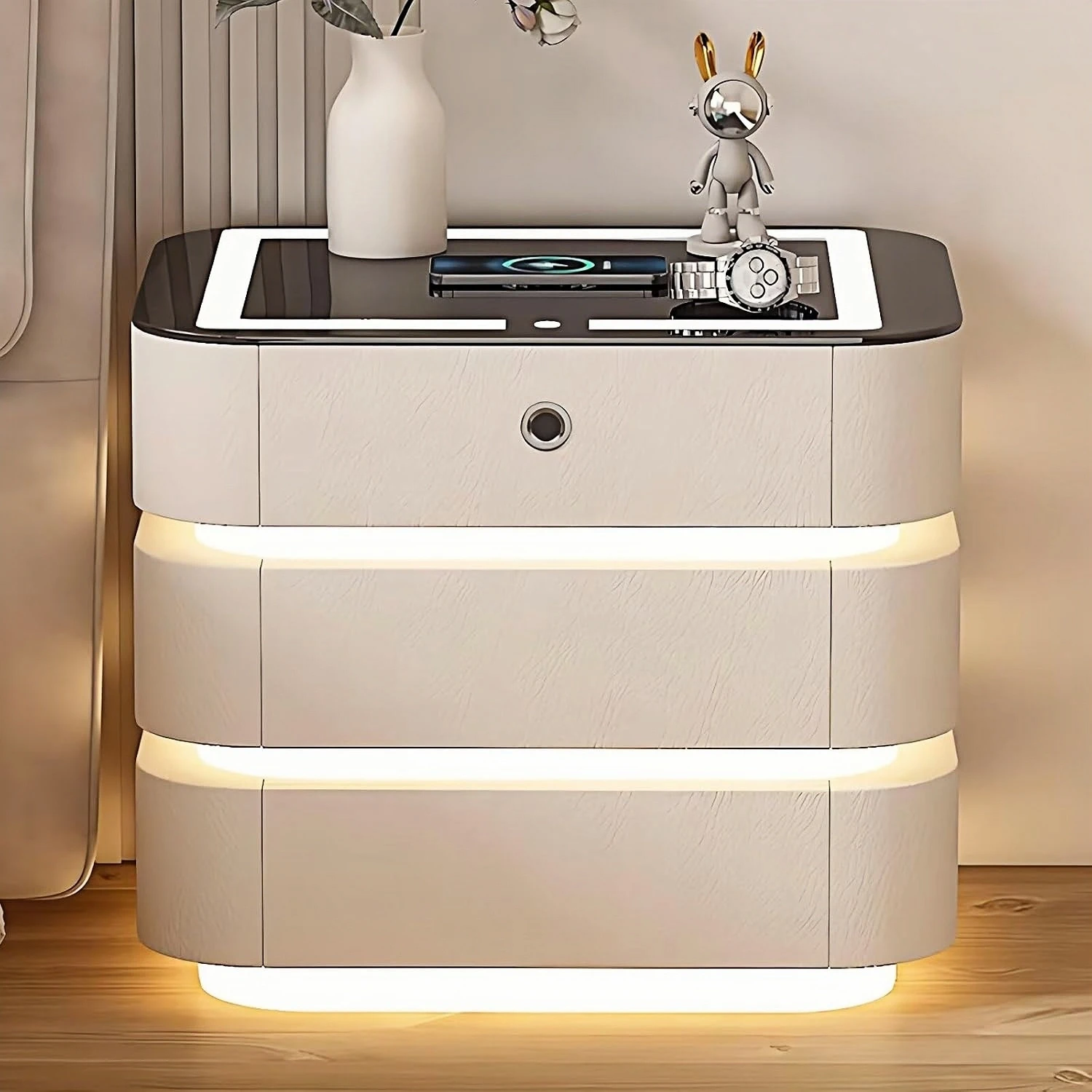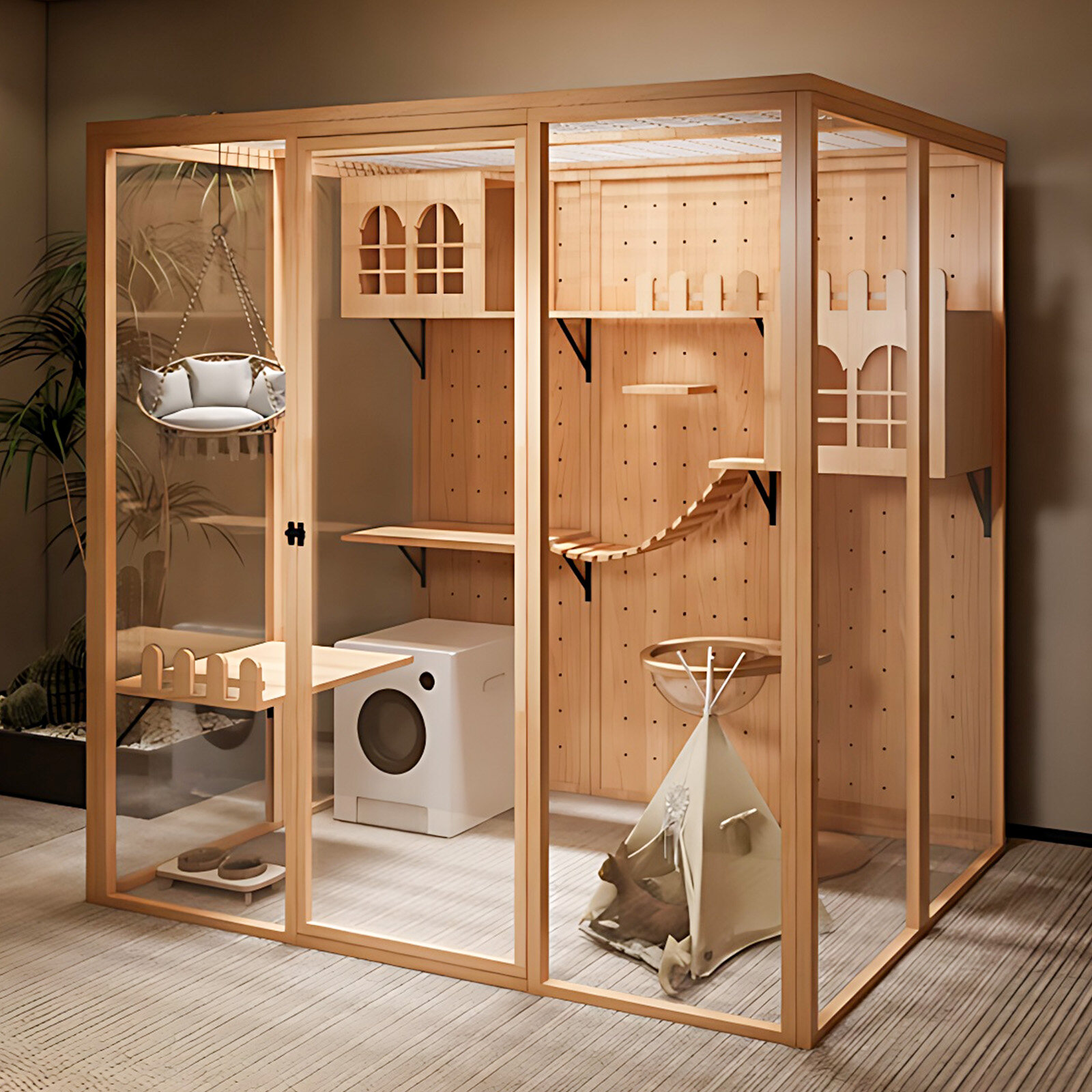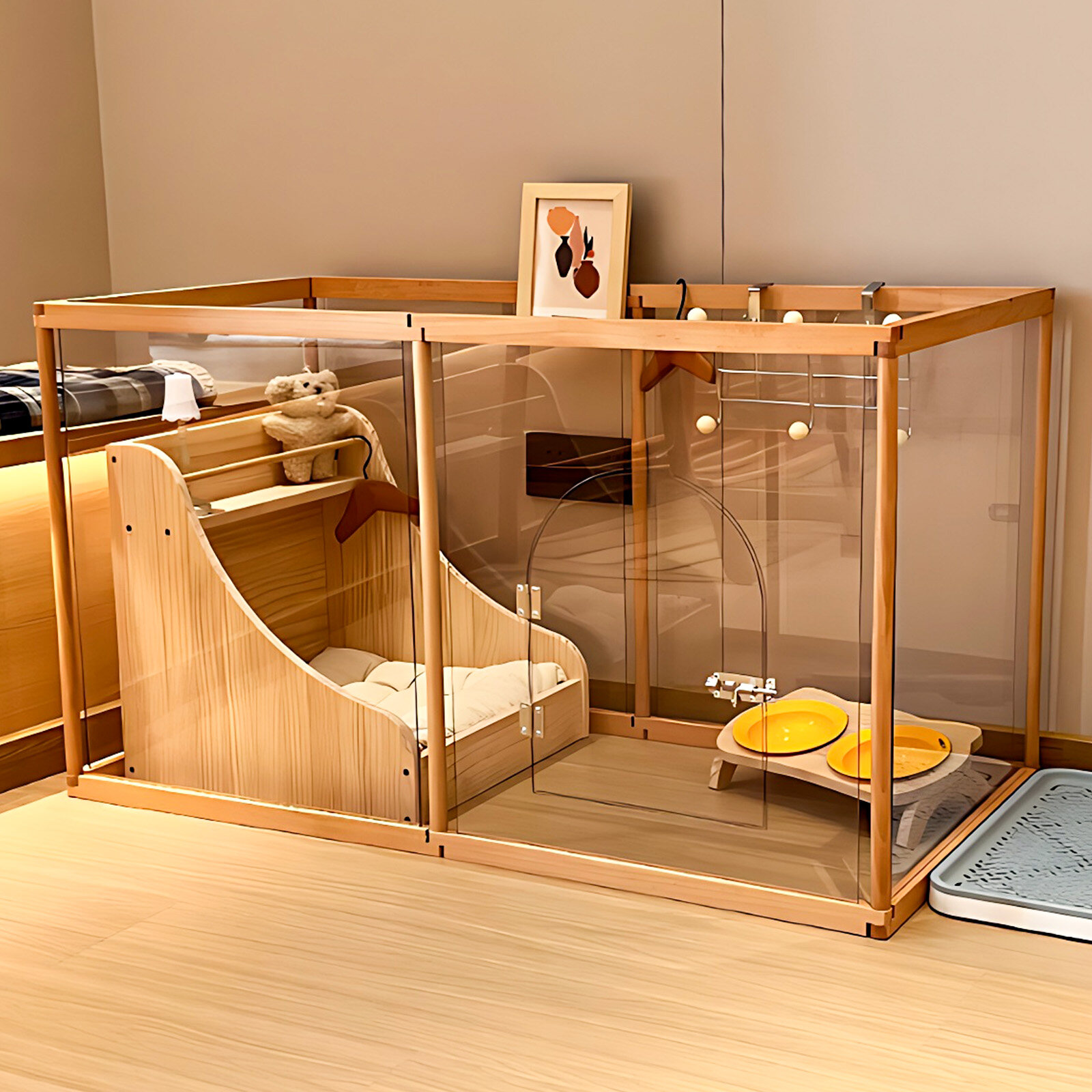A clean bathtub is the hallmark of a well-maintained bathroom—it serves as both a functional feature and a visual centerpiece. Knowing how to clean a bathtub properly ensures it stays sparkling and inviting, no matter how frequently it's used. With the right tools and techniques, keeping your tub in pristine condition is easier than you might think. A glossy, fresh-looking bathtub is more a result of simple weekly maintenance than deep scrubbing marathons.
Over time, soap scum, mineral buildup, and everyday grime can quickly dull your tub’s shine. That’s why understanding how to clean a bathtub effectively is key to preserving both its appearance and hygiene. If you've been assigning this task to the kids or putting it off entirely, now’s the time to reclaim your bathroom routine. Here’s exactly how to do it—with confidence and results.
Cleaning Solutions with Ingredients from Nature
Homeowners intent on protecting the environment don't just participate in recycling programs or change their light bulbs to less power-hungry fluorescent or LED versions. They also alter their habits in other ways.
Many of us have moved away from traditional store-bought cleaners—though generally safe when used as directed—in favor of greener alternatives that are just as effective and better for the environment.
Creating a formidable cleaning paste with baking soda and using generous amounts of undiluted white vinegar (which, when combined with baking soda, produces a powerful, natural fizzing cleaner) are two ways to switch on the power of Nature's cleaning products. And if a fresh smell is what you're after, nothing beats the combination of lemon juice and its zest with the above ingredients.
The bathtub isn't the only fixture in the house that gets dirty over time, but it is certainly one of the more troublesome bedroom, bathroom, and family room fixtures to keep clean. So, how to clean a bathtub is a genuine question. A systematic deep clean, freshly applied to the interior surfaces of this porcelain trough and to its drains, can restore it to like-new condition and improve the hygiene of this space significantly.
Conquering Tenacious Stains: Stubborn stains
Necessitate specialized treatments demanding the particular combination of patience, persistence, and strategic technique selection that their unique composition and age warrant. Rust stains, for instance, tend to yield best to specialized acidic treatments applied very carefully to avoid etching the sorts of sensitive materials bathrooms often contain.
Even more: bathtub surfaces have unique challenges pertaining to stain composition that require thoroughly understanding the hard water mineral composition in your area in order to select appropriate dissolution methods that will get your tub clean again without creating other issues.
Make pastes that approximate the sort of pastes professional housecleaners of a bygone era used: varying ratios of baking soda, vinegar, and water to match the sort of stains in your tub. Allow the paste to sit for a while on the stain—up to a seemingly crazy time of 20 minutes—the way a bathroom-cleaning professional of yore might have done it to achieve a "clean" surfacing.
Maintaining Drain Functionality
Proper drain maintenance prevents costly plumbing issues while ensuring optimal water flow in your bathroom. Good drainage is crucial for effective cleaning. You can stop mold and mildew from growing in your bathroom by preventing standing water. Here are some suggestions for keeping your drains functional.
Remove Hair and Debris.
Regularly remove visible hair and other debris from drain openings. Use appropriate inspection and hand tools to do so. But please don’t push material further into the plumbing system that might become a blockage requiring professional intervention later.
Maintain Your Bathtub Drain the Right Way
Your bathtub drain uses a P-trap, a curved pipe designed to hold a small amount of water and prevent sewer gases from entering your bathroom. However, this feature can also trap hair, soap scum, and other debris over time. That’s why part of learning how to clean a bathtub involves keeping the drain clear and functional.
Use natural and safe cleaning solutions—like baking soda followed by white vinegar—to break down buildup in the drain. If water starts pooling or drains slowly, that’s your signal to take action. Regular inspections and light cleaning can help you avoid blockages and expensive repairs.
Stick to a Weekly Maintenance Routine
Weekly maintenance is key to avoiding deep-cleaning marathons. Set a specific day each week to clean your tub using a mild surface spray or all-purpose cleaner. Focus on high-risk areas where grime or mold might build up, especially around the drain and caulking.
To go a step further, finish your quick clean with a disinfectant to help prevent odors, mildew, and bacterial growth. And if your bathtub has been through an unusually messy event—like a busted shower curtain rod or a splash-heavy bath—give it an extra touch-up that week.
Round Bathtubs with Thick Thermal Insulation Material for Bathroom: This clear, freestanding bathtub is made from high-quality artificial stone and designed for comfort with its ergonomic shape. It keeps water warm longer, making your soak more relaxing. The durable, glossy surface is easy to clean and resists scratches. Simple to install, it adds a touch of luxury to any bathroom.
Recommendation
Suncharm Group offers extensive renovation and maintenance solutions that traverse all aspects of bathtub care, from thoroughly deep-cleaning bathtubs and their surrounding spaces to replacing fixtures and upgrading installations. They understand that modern bathroom systems are intricate matters and offer customized solutions that keep bathrooms functioning optimally and beautifully for the bath-taker's eye in the home's most private spaces.

 USD
USD
 GBP
GBP
 EUR
EUR























